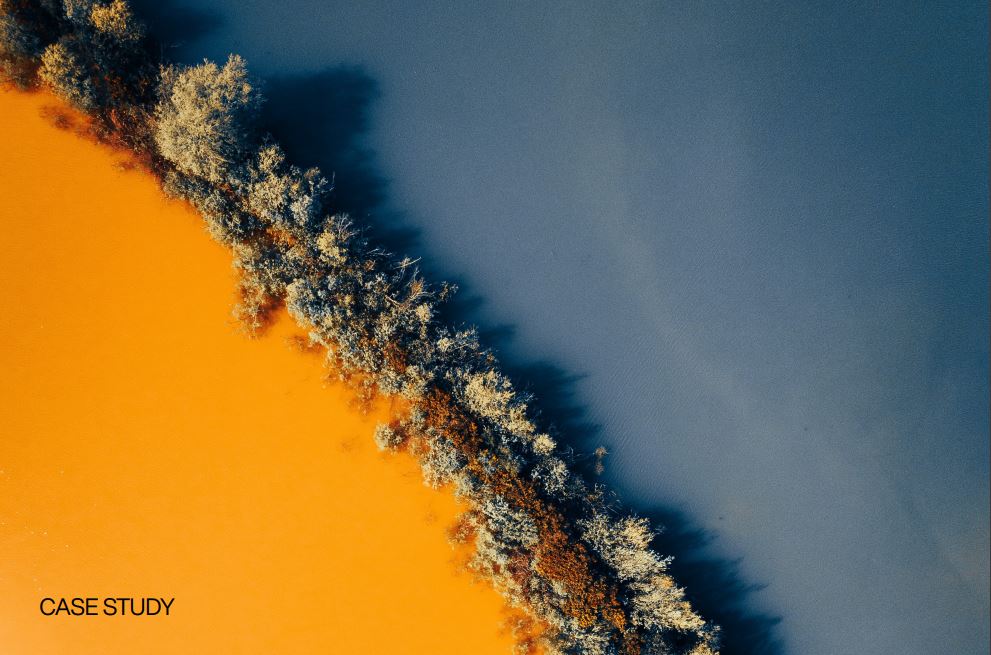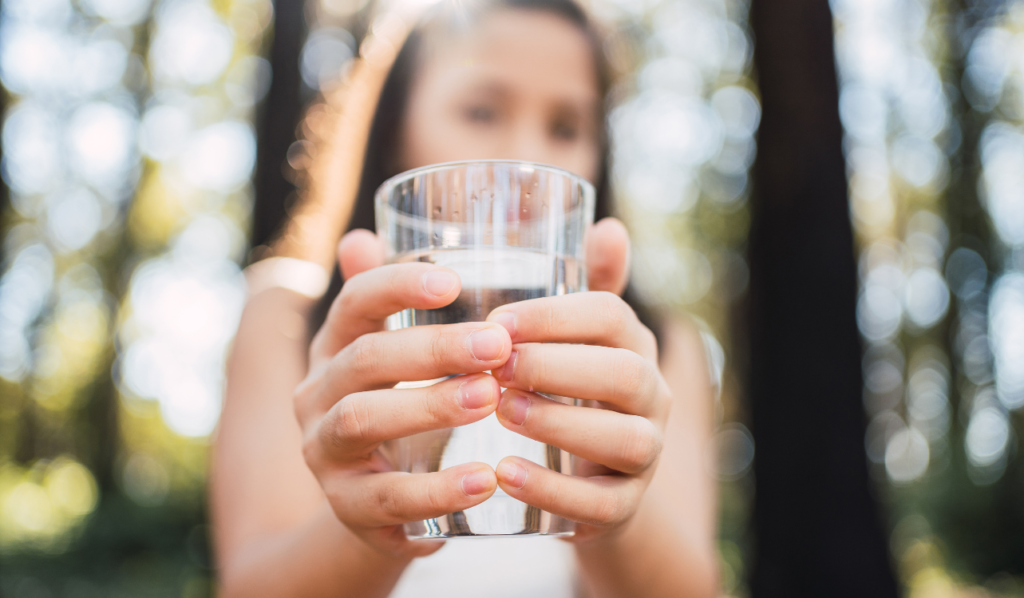News
Smart cities
Urban water management
Water resource management
+1
From Industrial Harbour to Urban Harbour Bath


Some people have even begun to cultivate mussels and oyster in the water. This is unique to Copenhagen, and it is due to the targeted modernisation of its sewer system, which has made it possible to clean the harbour water, rendering it a safe place to swim and fish.
-Related news: Copenhagen Harbour - Winter Swimmers' New Paradise
The discharge of sewage, oil spills, industrial waste and algae were, for many years, the main reasons that the harbour water was so polluted that swimming or fishing in it were absolutely forbidden. But in the mid-1990s, HOFOR, responsible for the city’s sewer system, took the first steps to purify the water, and by 2002, the water was so clean that a new harbour bath could be opened at Islands Brygge.
The city’s blue oases
- The old industrial harbours in major cities have a great potential as recreational areas for the city’s residents and visitors,” explains Per Jacobsen, technical director of HOFOR:
-The harbour baths are Copenhagen’s blue oases and a great plus for the city residents, because they can swim and fish in the heart of the city where they live. In many cities, attractive properties are now built in the old industrial harbours, and many other European capitals will now be able to improve the water quality of the harbours to a level that allows the city residents to swim safely in the water.
Three harbour baths, two urban beaches and a mussel farm
Since 2002, the City of Copenhagen has developed three harbour baths at Fisketorvet, Islands Brygge and Teglholmen, and two urban beaches at Amager Strandpark and Svanemøllen. More are on the way. And at Kalvebod Brygge, in the midst of one of the city’s bustling new business districts, an innovative group of residents has created harbour gardens (maritime kitchen gardens), where they produce mussels, oysters, seaweed and fish on platforms floating in the harbour.
-Related news: Video: Liveable Cities - A Danish Approach
The recipe for clean water
Right up until 1995, 93 discharge points expelled Copenhagen’s sewage into the harbour. During heavy downpours, which put pressure on the city’s sewers, a mixture of sewage and rainwater ran out into the harbour. HOFOR therefore began to build a series of large underground reservoirs where rain and sewage could be retained when the sewer system is overloaded due to rain. Today, there are 12 of these vast basins (the largest is called the Colosseum), and they keep the harbour clean.
An effective warning system measures the water quality in the harbour on a daily basis, allowing the City of Copenhagen to close the harbour baths immediately if coliform bacteria are detected in the water. Sometimes when the city is hit by torrential rain, the sewage water has to be let out.
Source: HOFOR















